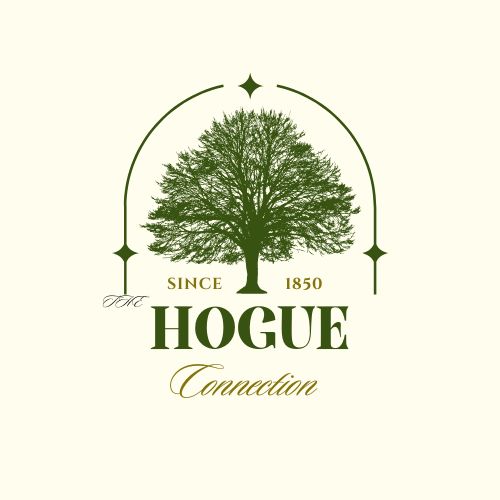Native American Facts
I wanted a little change of pace on the genealogy front lately, so I decided to write an article about my Native American ancestry on my maternal side (Sorry Hogues, this doesn’t apply to many of you, but I hope you find it interesting!). The confirmed facts, as I look at them today, are these:
- My great-grandfather, John Franklin “Frank” Depriest, moved out to the Indian Territory from Mississippi with his family around 1883. They settled in the area of the town of Artusse, post office at Checotah, 120 miles east of Oklahoma City.
- His grandfather, Alexander Depriest, via power of attorney, enrolled his wife, Patience, as a member of the Creek Tribe in 1897 (Dawes Roll # 2937).
- Patience claimed to be ½ Creek blood. (This turned out to be an overstatement.) Her parents were noted to be Simeon and Jennie Strickland.
- Frank also enrolled in the Creek Nation at the same time (age 19, Dawes Roll #2526) and applied for a homestead allotment of 40 acres of land.
- He received his land grant around 1905. It was located in Township No. 14N, Range No. 7E, about 25 miles NNE of Okemah, OK.
- Frank married Beaulah Craig in 1908, and they together farmed, and raised their children here until he sold the land in 1935 and headed west to Arizona.
Luckily, I have documentation supporting these facts, thanks to research done by me and other family members over the last 35 years or so. Another fact not mentioned above are the results of my 23andMe DNA testing, which shows I have .6% Native American blood in my ancestry makeup. So, using the speculative science that is genealogy, I’d like to dig further into the stories and legends (many of them factual, I think) out there that paint a picture of the Native American history in our family.
Remember Jennie Hale Strickland
As we go along, remember the name of Patience Depriest’s mother, Jennie Strickland. Jennie, maiden name Hale, was believed to be born around 1784 to Hannah Hale and, a “head man” in the Upper Creek towns of the Mississippi Territory, which would later become the present-day state of Alabama. I believe this somewhat mysterious figure was a full blood Creek Indian and my fifth great-grandfather.
If you surf the internet long enough looking for stories about Hannah and her Indian beau, you are apt to find them in ample supply. Many of them are confused or, at least, confusing to the reader. All of the native language spellings, pronunciations, and strange location names contribute greatly to the confusion. Many of the websites you come across are old and full of broken external links, leading nowhere. Remember, too, that these internet pieces are based on decades old myths and legends that likely have been embellished along the way.
Creek Indian history itself is very mind boggling, with civil wars and disjointed alliances abounding. We benefit from having many historical documents available and a solid history of the Muscogee Creeks well established. Still, the reality of the situation has my head spinning trying to sort it all out.
Just Keep It Simple
With this article, I hope to organize everything and simplify the issues involved in order to paint a more succinct story of our Native American ancestor. I have many articles stored in my own personal archives that I collected back in the 1980’s. Many current postings I’ve seen out there appear to be simple cut and paste from these and other similar articles; there is a great deal of repetition. I do not deny my following that same cut and paste practice, but with further, and hopefully more diligent, editing. I am more than happy to give credit where credit is due and have listed many of the sources and links I’ve found researching this history at the end of the article.
I hope you enjoy my version of the story of my fifth great-grandmother, Hannah Hale. You can read it HERE.
